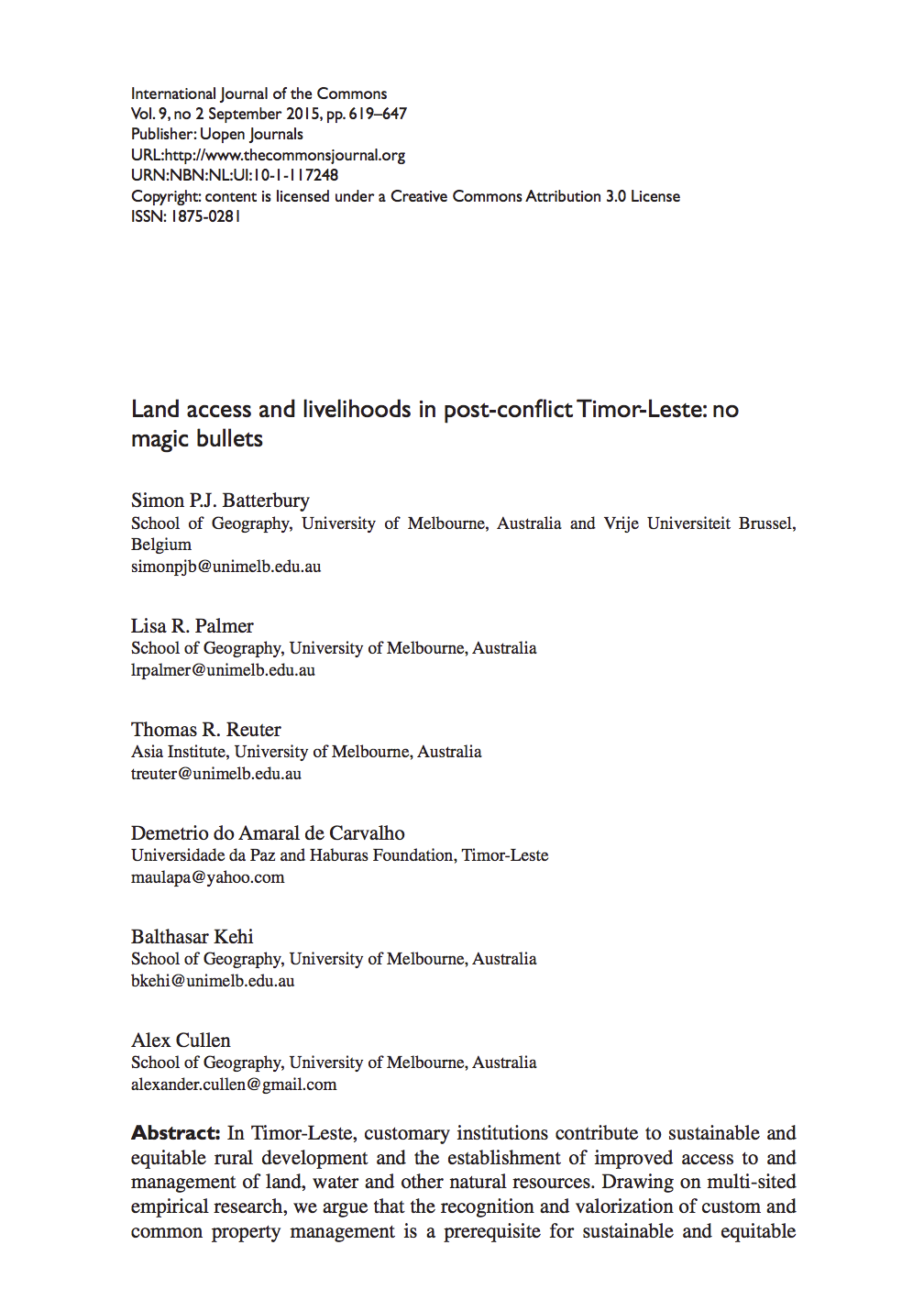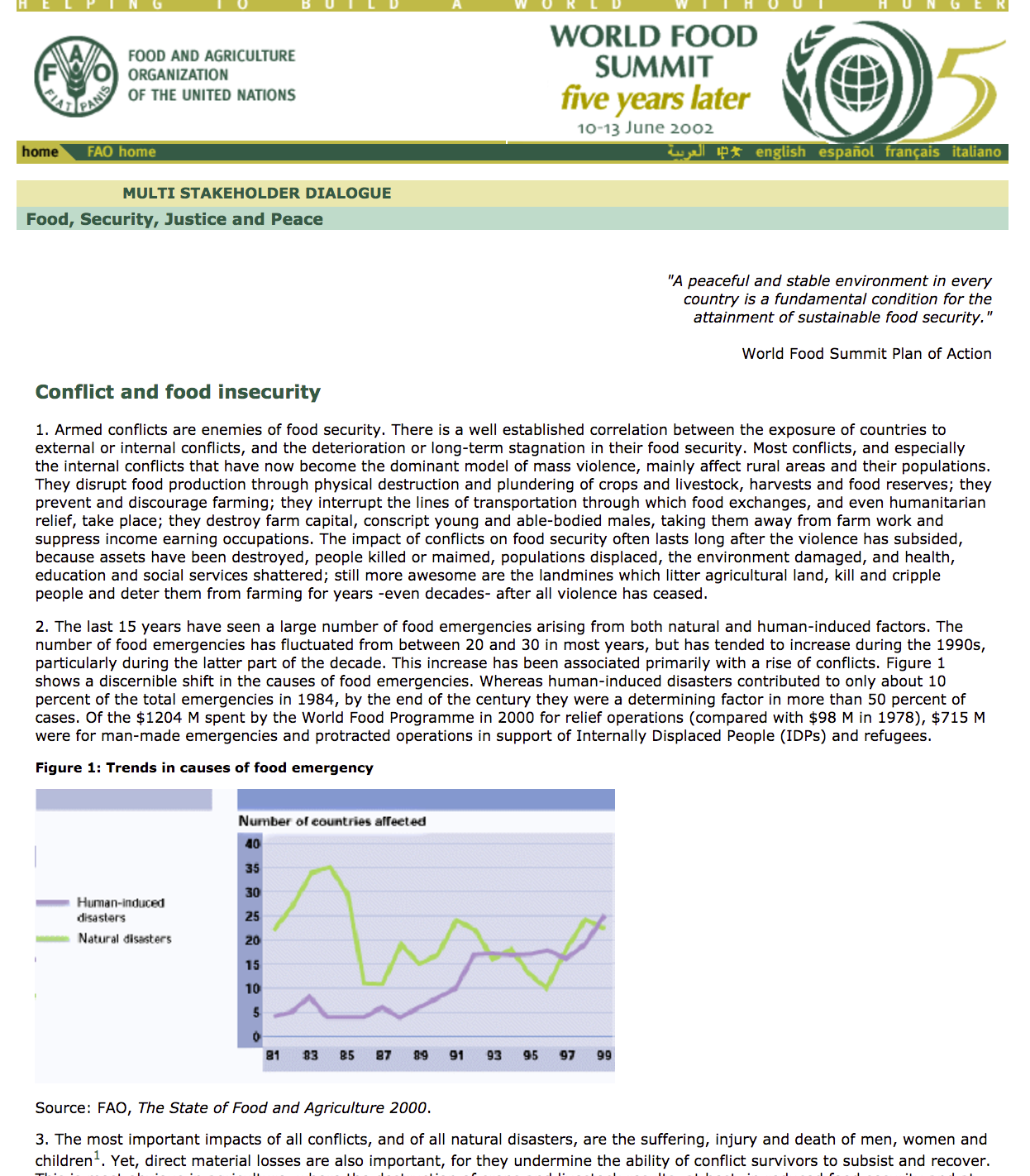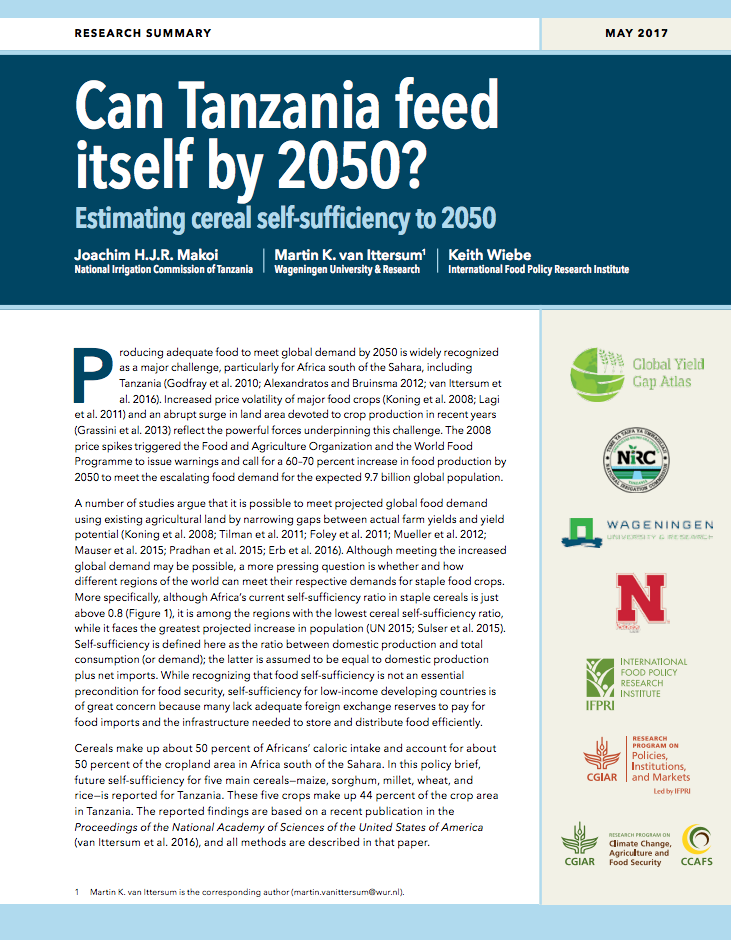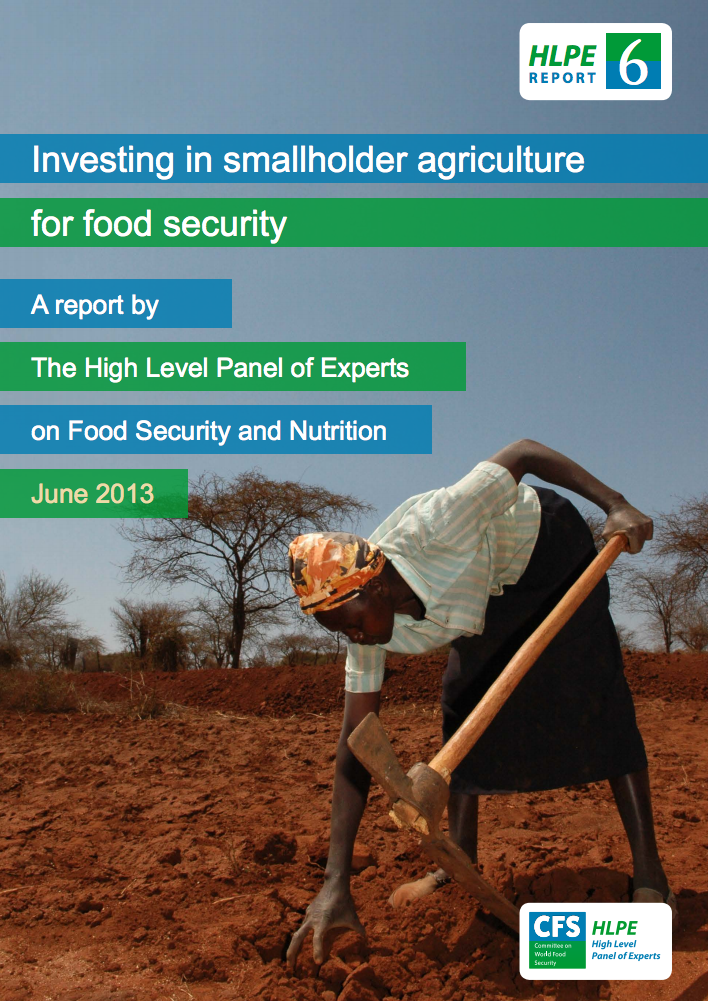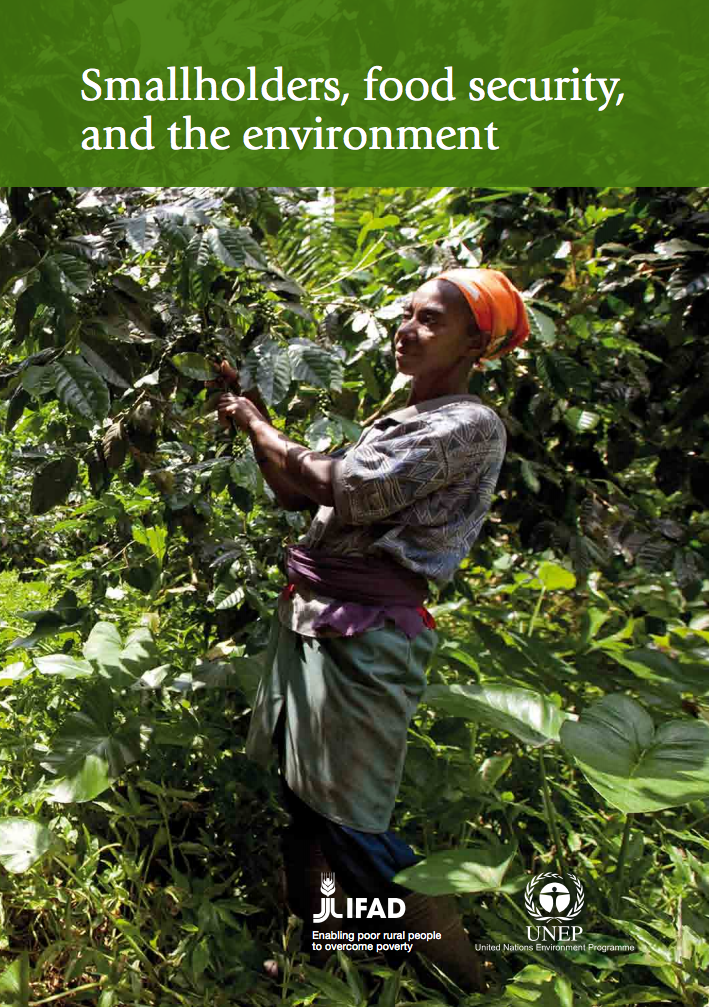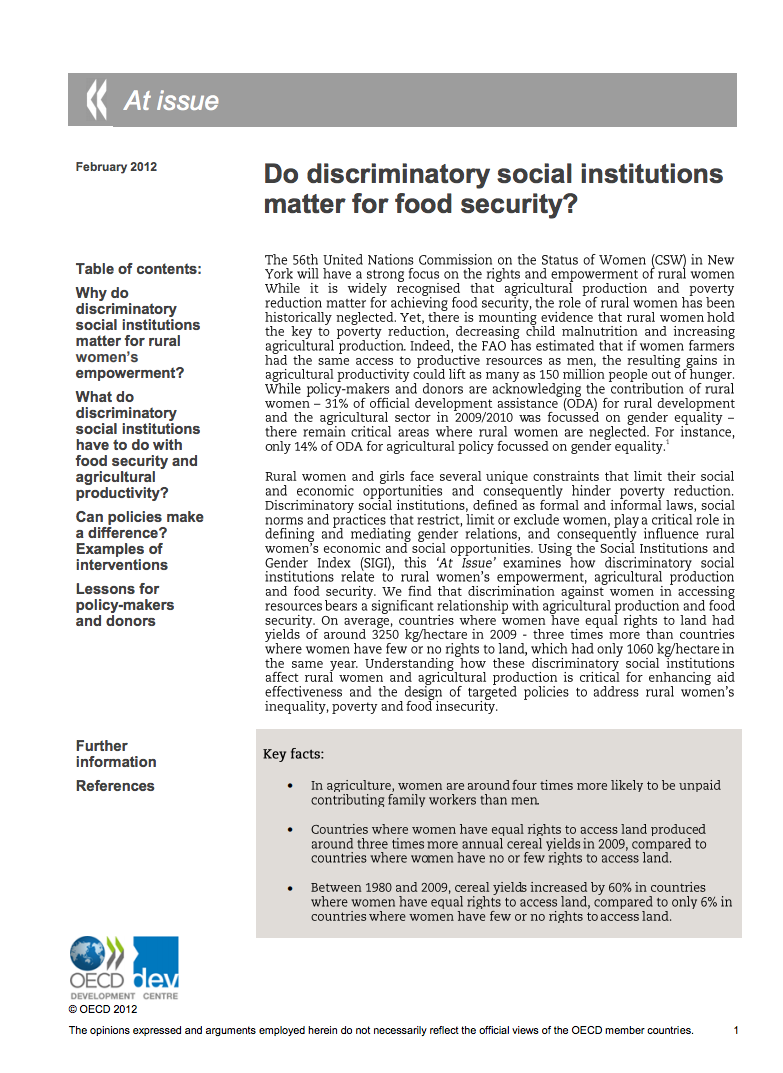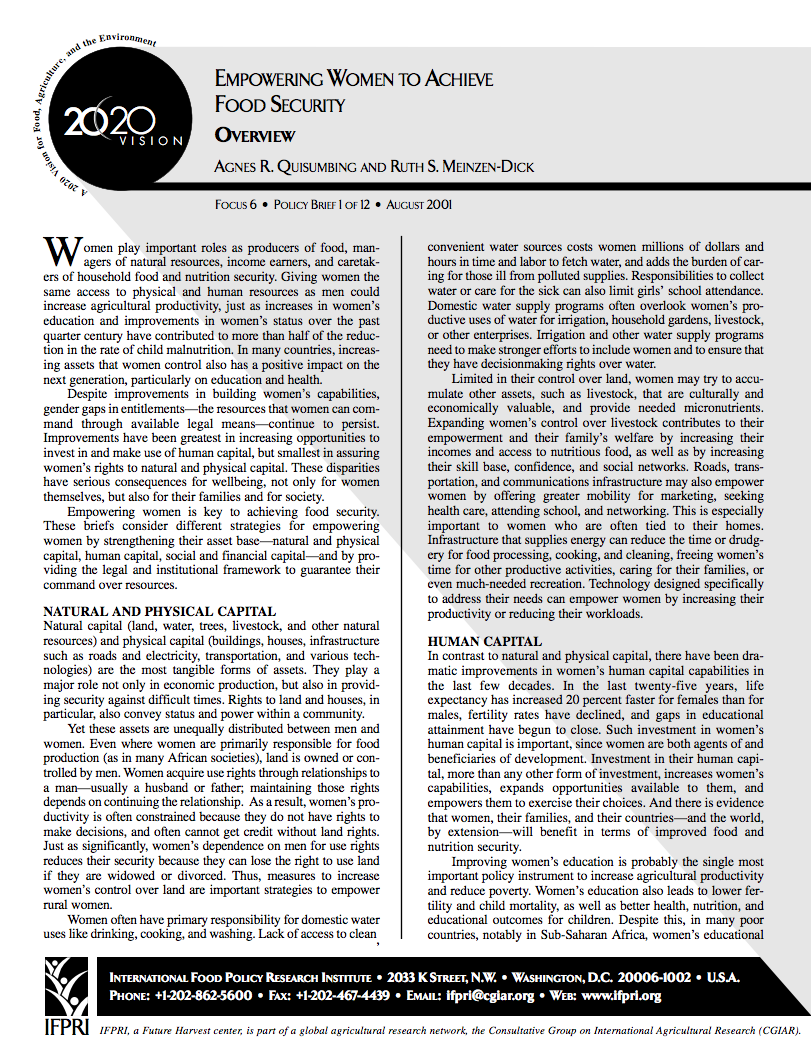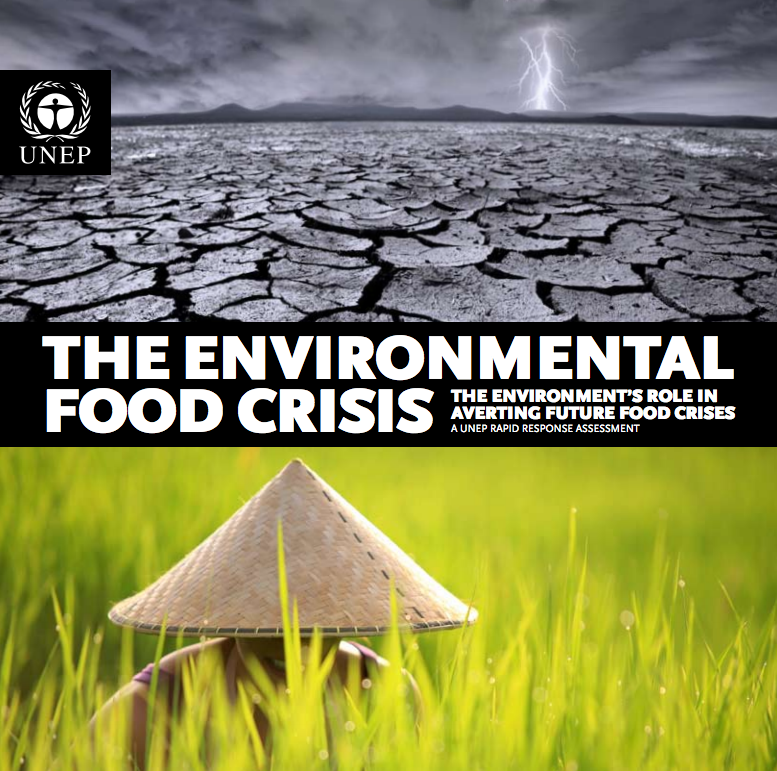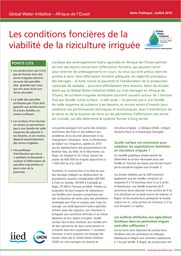Land access and livelihoods in post-conflict Timor-Leste: no magic bullets
In Timor-Leste, customary institutions contribute to sustainable and equitable rural development and the establishment of improved access to and management of land, water and other natural resources. Drawing on multi-sited empirical research, we argue that the recognition and valorization of custom and common property management is a prerequisite for sustainable and equitable land tenure reform in Timor-Leste.

